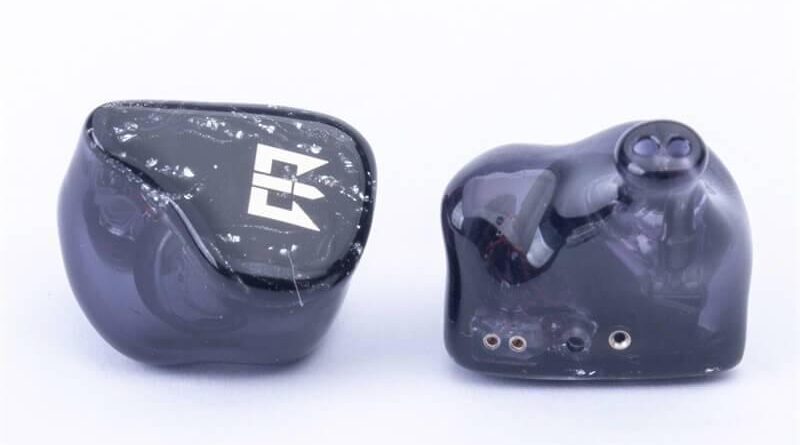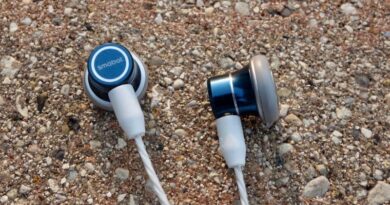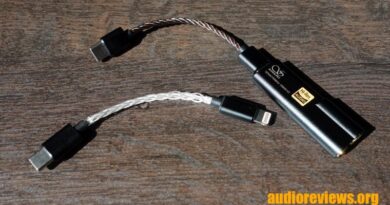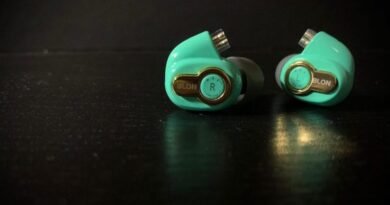TRI Meteor Review – A Brilliant Shooting Star
I am in a dilemma right now. How so? I told my friends at TaA (Truth about Audio) that I am so used to bashing incompetent IEMs that I am at a complete loss of words when I DO encounter a stellar product.
So, since I have no words to describe how good TRI Meteor is, let me start this impression by “bashing” some its flaws… And don’t worry, there aren’t many. But first, let me introduce the US$109 TRI Meteor. This is the second budget hybrid in-ear monitor after the US$60 TRI I4. And no, Meteor isn’t a successor to I4. Both have very different sound signatures.
Meteor’s sound signature is in fact closer to that of the US$130 TRI Starsea, but again with some differences. Therefore, to me, Meteor is a completely independent product from the rest of the TRI lineup. Both Meteor and Starsea share some similarities such as the resin shell, hybrid configuration and balanced tuning. Starsea has tuning switches which allow users select their preferred sound profile.
Nonetheless Starsea is neither for bassheads nor trebleheads. Meteor is very similar in this aspect.Enough said. Let’s take a look at the TRI Meteor…
DISCLAIMER: The TRI Meteor was sent to me free-of-charge by KB EAR as a review unit; however, this won’t affect my overall impressions.
As mentioned above, I shall begin with some of its shortfalls… However, let me highlight that I measured the TRI Meteor three times using two multimeters (one of them is an industrial-grade Fluke meter).
The measured impedance is 42 ohms, NOT 12 ohms as stated in TRI’s specifications. This means that you cannot use a phone to power the Meteor and expect it to sound good. You will need a decent, DAP or a DAC/Amp combination.

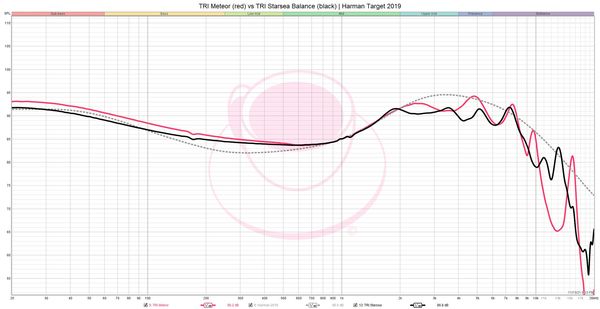


MISSES: Harman-tuning is not for everyone… Dramatic and drastic 20dB roll-off after 9KHz literally deprives and robs the Meteor of air, presence and sparkle. It suffocates wind instruments, dulls brass and percussion instruments.
Sub-bass slightly recessed and lacks thump. Bass and mid-bass can sound a bit matte and dry. The lack of absolute crisp and crystal-clarity, together with feathered (not blurry) edges of sonic imagery, layering and instrument separations, lower the overall resolution and definition.
Soundstage is wide but lacks height presenting a small room feel. The cardboardy imaging and compressed staging maybe a deal-breaker to some folks. Slight presence of BA timbre may render vocals and certain instruments to sound unnatural and plasticky.
Unimpressive stock cable bears uncanny resemblance to the US$8 Yinyoo 8-core pure copper cable. The measured 42 ohms means you need a device with ample amping power to sound good.
HITS: U-shaped, Harman-tuning for the win! Balance, lavished, relaxed and silky-smooth tone across the entire frequency spectrum. Full bodied, textured and well-controlled bass, with just the right touch of sub-bass (when properly amp-driven) that is not overpowering.
The beryllium-coated dynamic drivers are relatively fast, thus very responsive to busy tracks without any congestion and muddiness. The mildly-lifted mid-bass response has a good slam and oomph to it.
Midrange has a lush, neutral timbre and the right note weight! It is warm and clear with a smooth tone that is neither aggressive nor offensive, yet not overly-sterile. Fun, realistic and engaging vocals without sounding too forward like many hybrids do.
Non-fatiguing and restrained top-end without any harshness, hiss or sibilance. Adequate, well-presented accessories with more than enough assortment of eartips to give the user a good start.
MATCHING: Getting the right synergy with Meteor is pretty simple and straightforward. Due to its slightly warm-ish and thick tonality, it is best to pair with a cool-neutral sources such as higher-tier FiiO DAPs or the newly-launched TRI TK2 DAC/Amp.
- Using third-party eartips such as Audiosense S-400, Acoustune AET08 and AZLA SednaEarfit Light give different flavors to the sound. Meteor responds well to these eartips, enhancing the overall experience.
- Use pure silver cable such as KB EAR Limpid 8-core helps tighten bass and mid-bass, improves bass control and adds the much-needed sparkle to upper-registers.
SUGGESTED PEQ SETTINGS:
- 41Hz, +4.0dB, Low-shelf
- 12,600Hz, +4.0dB, Q=1.41
- Preamp gain: -1.5dB
CONCLUSION: The TRI Meteor caught me by surprise. When I read somewhere that it has identical configurations to the ThieAudio Legacy 2, I was expecting worst or at least something similar. Well, thank God it isn’t another L2… Not at all actually.
The Meteor has an organic, cohesive and matured tonality that is suitable for a wide range of music genres. Midrange is the star of the show. It is full-bodied, smooth, intimate and musical. However, the down-sides are the sub-bass shyness and that rolled-off upper treble.
Tuning is “almost” perfect for a true technical performer. With some EQing, it can be used for critical listening or music referencing. Rated at 42 ohms (instead of the stated 12 ohms) Meteor will shine when properly driven with a clean, neutral source. At US$109, the Meteor outperforms many in-ear monitors in the same price category and even higher – for example, the US$130 TRN X7 and the US$280 SeeAudio Bravery.
Both of these I have reviewed recently and thoroughly disappointed with their performance.Well done TRI / KB EAR for giving us such a solid product at great price!

